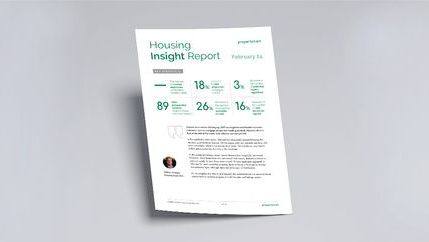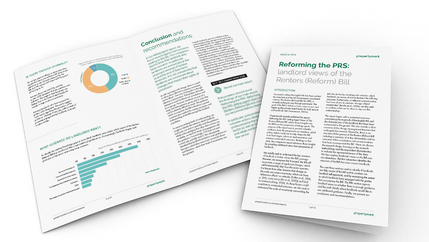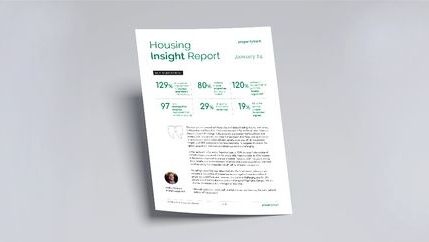
Both the sales and rental markets have remained resilient, despite market closure between March and May. The prioritisation by the Government of a functioning property market and subsequent implementation of the Stamp Duty, Land Transaction Tax, and Land and Buildings Transaction Tax holidays, as well as measures taken to keep the rent flowing within the private rental sector, have allowed for record-breaking levels of house sales and rental accommodation.
Housing demand
Over the course of 2020, the number of prospective buyers was the highest it has been over the past decade with an average of 403 house buyers registered per branch, compared to 320 on average throughout 2019 and the previous decade high of 379 in 2015. Looking back over the last decade, demand for housing is up by 55 per cent, from 260 per branch in 2010.
The number of properties available to buy hasn’t changed year-on-year, with an average of 39 available per branch consistently since 2018. The month of July saw the highest number of properties available this year, with an average of 43 available to buy per branch. Supply has dropped considerably over the last decade, from 63 on average per branch in 2010.
The number of sales agreed per branch throughout the year hit a decade high of 10 sales on average per month in 2020. Historically this figure has stayed consistent, only moving between seven and nine between 2010 and 2019.
The average proportion of total sales made to first-time buyers (FTBs) decreased by two percentage points in 2020, from 27 per cent in 2019 to 25 per cent. This figure is consistent with both 2018’s average figure of 25 per cent and the past decade’s average of 25 per cent of total sales being made to FTBs.
Private rented sector
The supply of rental accommodation in 2020 was the highest on record, with 203 properties managed on average per branch throughout the year, compared to 2019’s figure of 199. October saw another highest figure on record with 213 properties managed per branch reported.
As landlords continued to feel the pinch, the number of buy-to-let (BTL) investors selling their properties remained high, at an average of four per month in 2020. In both February and September, the figure spiked to five per branch.
The number of tenants experiencing rent hikes has fallen this year to 36 per cent, from an average of 44 per cent in 2019. This is due to COVID-19 rent struggles preventing further tenant fees ban related rent increases.
Propertymark's property sector support package
Propertymark is calling for an extension to the property tax holiday to avoid transactions falling through, price falls, and a sudden loss of momentum in the market.
- Homeownership provides an increased sense of stability and security to people’s lives and the local communities in which they live.
- Since the introduction of the cut to Stamp Duty/Land Transaction Tax/Land and Buildings Transaction Tax, the housing market has excelled
Extending the cut to property taxes would continue to support jobs in the sector and the wider economy and #keepthemarketmoving. Join our campaign here.





